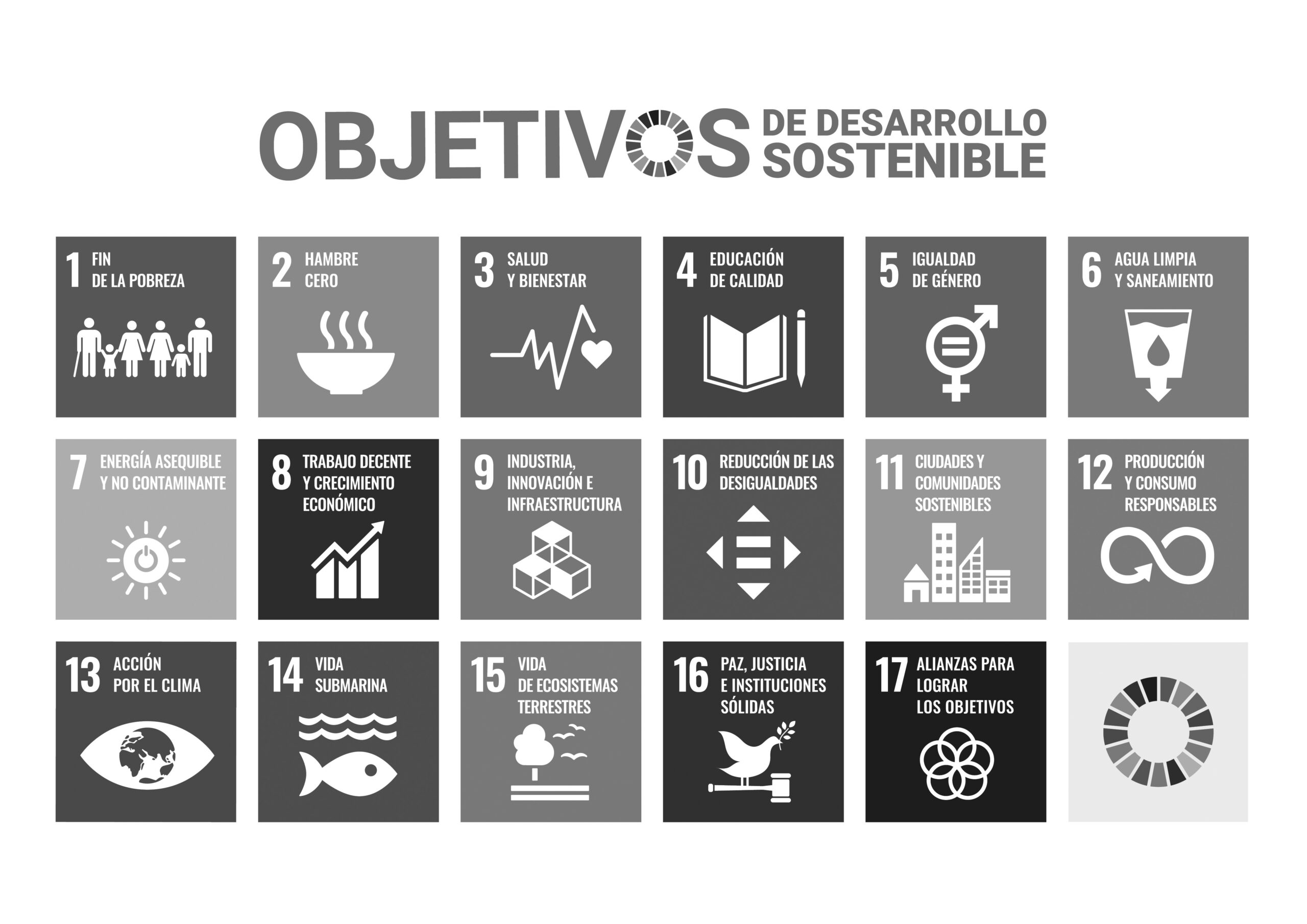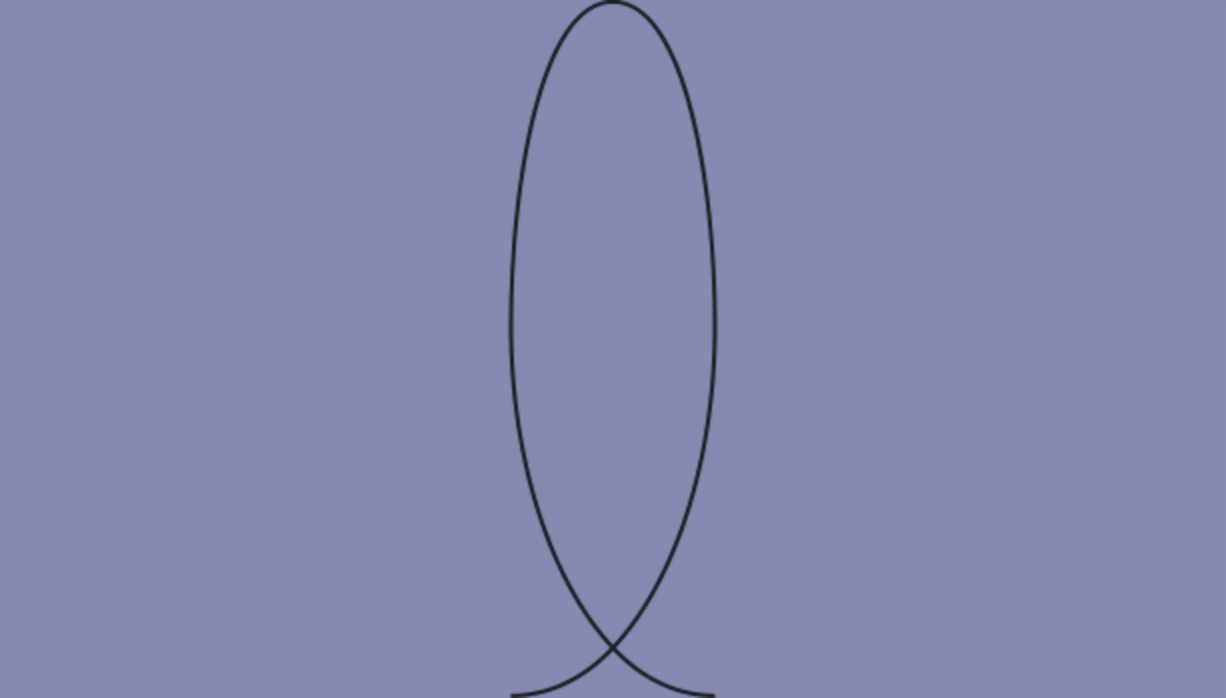Design is a key element in the construction of a regenerative economy, given that it is at this stage that the decisions which define the product, service or business model are taken and, therefore, are conclusive in controlling the impacts of the process and the final result.
Design is the starting point of any project, and in the circular economy it takes on great importance, as it is the driving force behind sustainable innovation. Circular design works on the entire value chain of an initiative. Not only through methodologies such as eco-design, with which the environmental impacts in the production processes are reduced. It likewise focuses on efficiency in use - avoiding waste -; its durability - avoiding planned obsolescence -; the search for new uses for products, their components or materials, so that these remain in the system as useful elements and bring added value for as long as possible.
Circular design likewise contemplates working to obtain new construction and space models, as well as, in the case of graphic design and visual communication, obtaining the transmission of circular values and the connection thereof to consumers and users.
All this, without forgetting that design is likewise very useful in its most strategic aspect -for example, when defining services and new business models.
The integration of circular design in the dynamics of companies will allow for the construction of more innovative, diversified, sustainable and competitive organisations.
In order to obtain this, it is essential to examine the role of design in circular transformation and to have professionals whose training and expertise to enable the development of sustainable strategies, projects and processes in companies.




